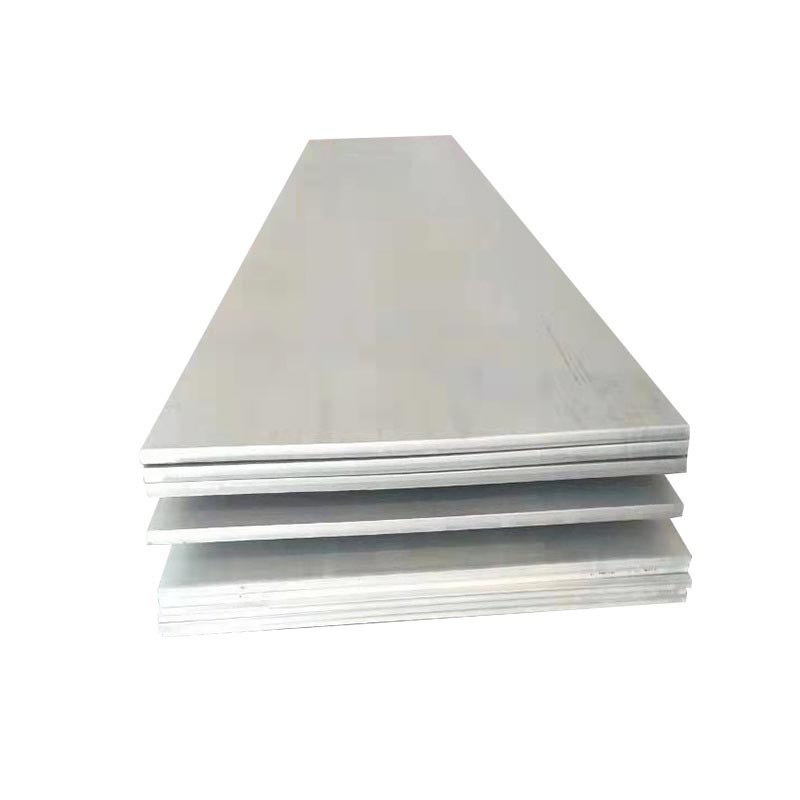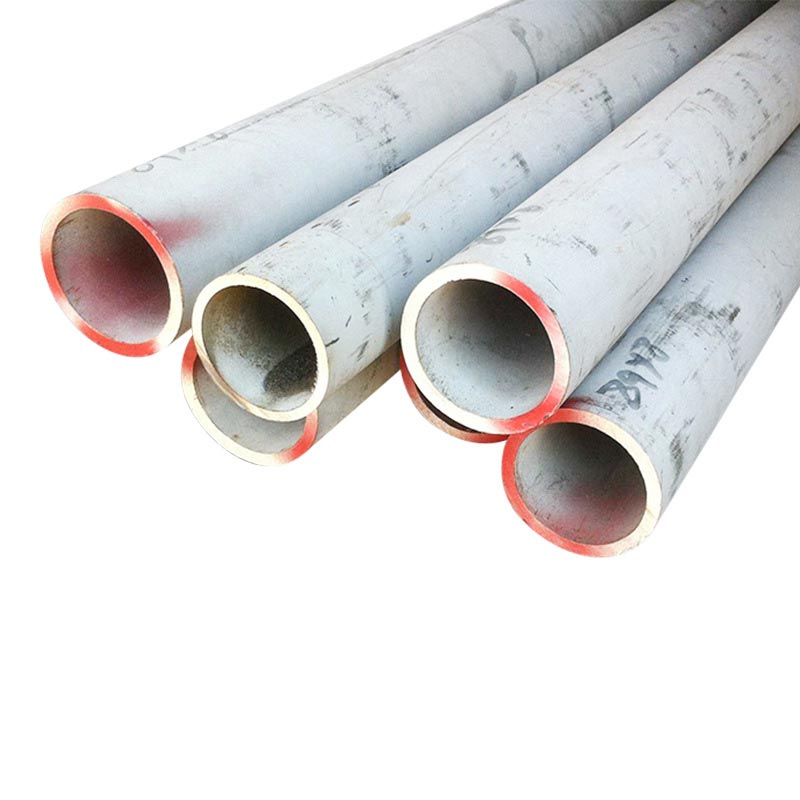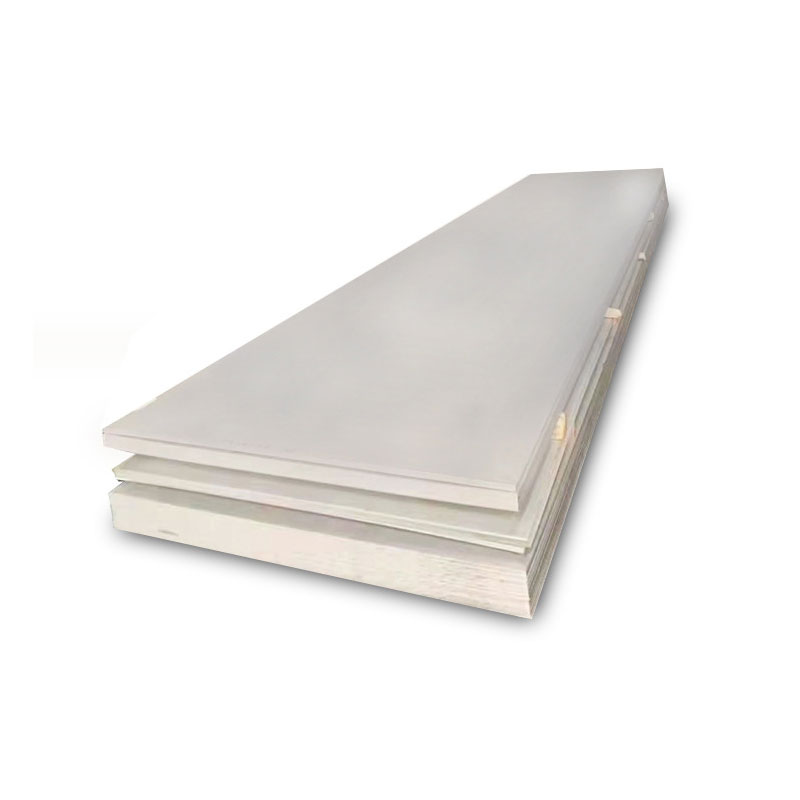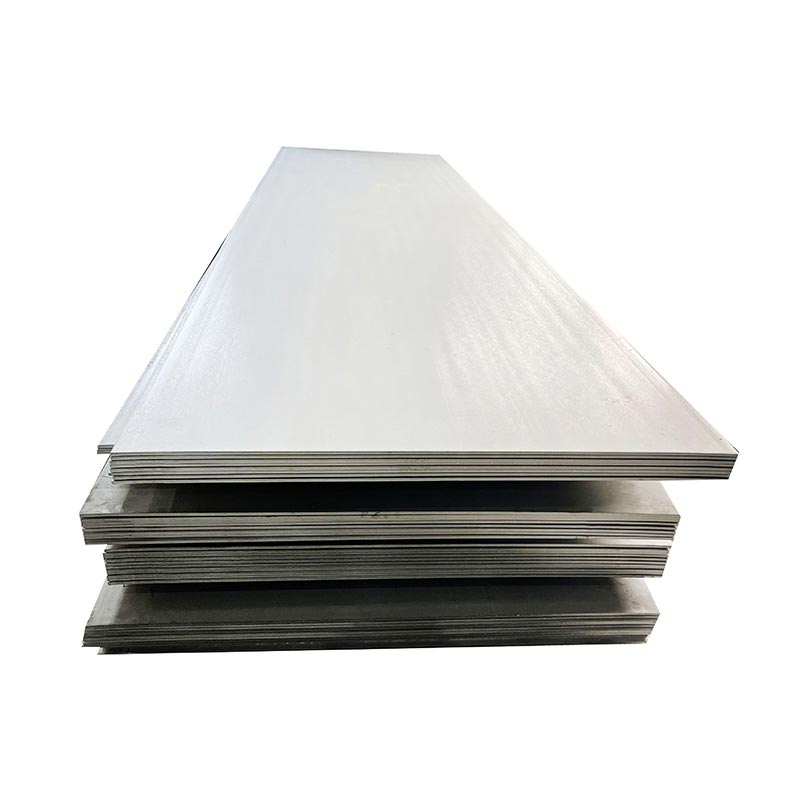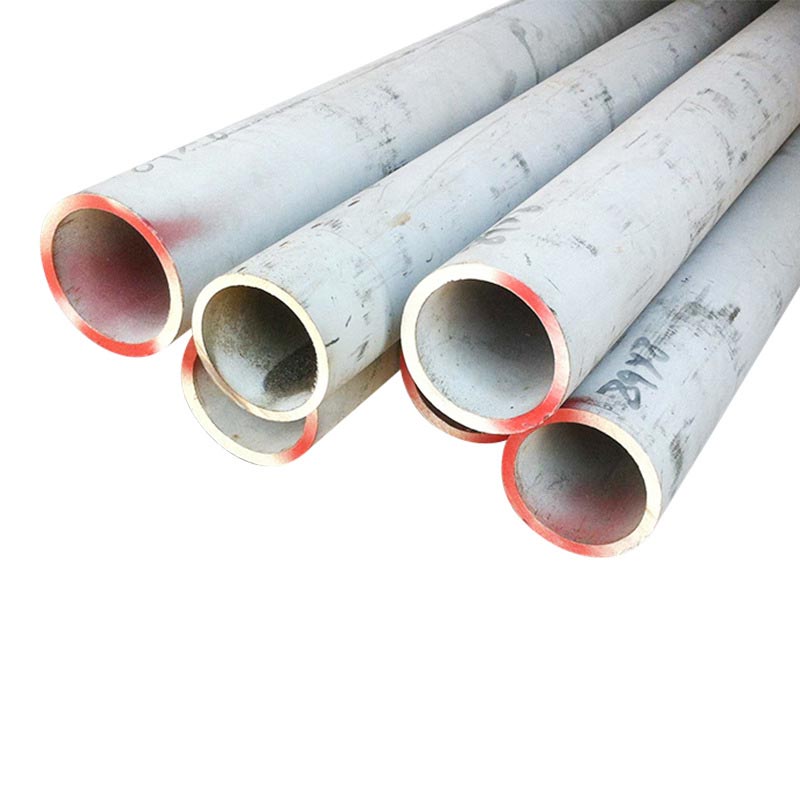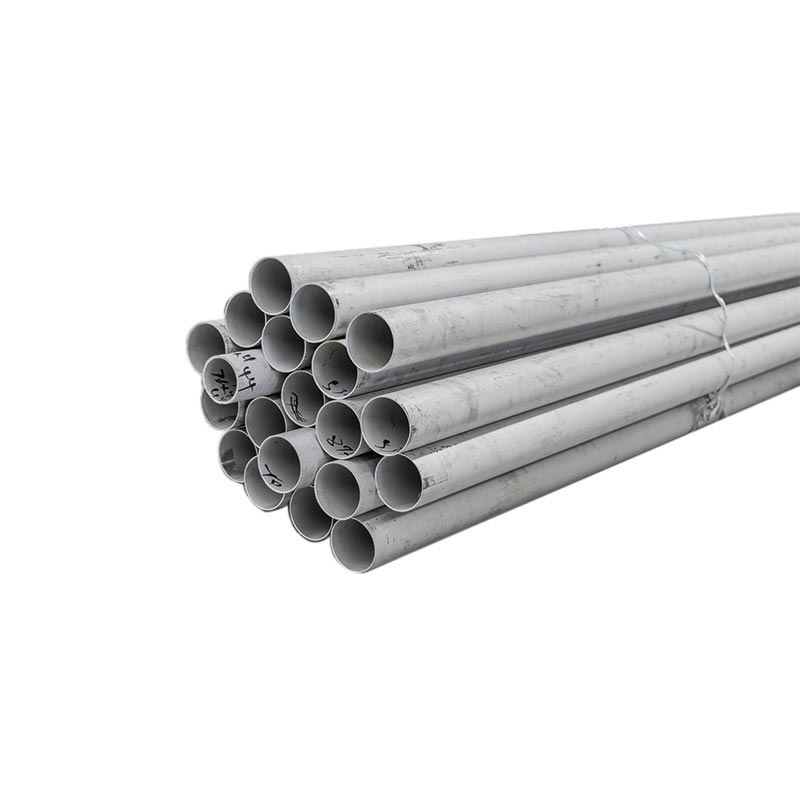What Are the Specifications of Stainless Steel Bars? How to Identify High-Quality Stainless Steel Bars?
What Are the Specifications of Stainless Steel Bars? How to Identify High-Quality Stainless Steel Bars?
Main Specification Parameters of Stainless Steel Bars
The specifications of stainless steel bars mainly include four categories: diameter, length, material, and surface condition. Common diameters range from 1mm for small sizes to 300mm for large-diameter bars, with standard lengths typically being 3-6 meters in fixed or random sizes. Among various materials, 304 and 316 stainless steel bars are the most widely used, with 316 stainless steel bars offering better corrosion resistance due to their molybdenum content.
Based on surface conditions, stainless steel bars can be categorized into black bars, pickled bars, polished bars, and ground bars. Cold-drawn stainless steel bars feature higher dimensional accuracy and surface finish, while hot-rolled stainless steel bars are more suitable for large-sized product requirements.
How to Identify High-Quality Stainless Steel Bars
To identify high-quality stainless steel bars, first inspect the surface quality. Premium stainless steel bars should have smooth, flat surfaces free from cracks, folds, scars, or other defects. A preliminary magnetic test can also be conducted - austenitic stainless steel bars typically exhibit weak or non-magnetic characteristics.
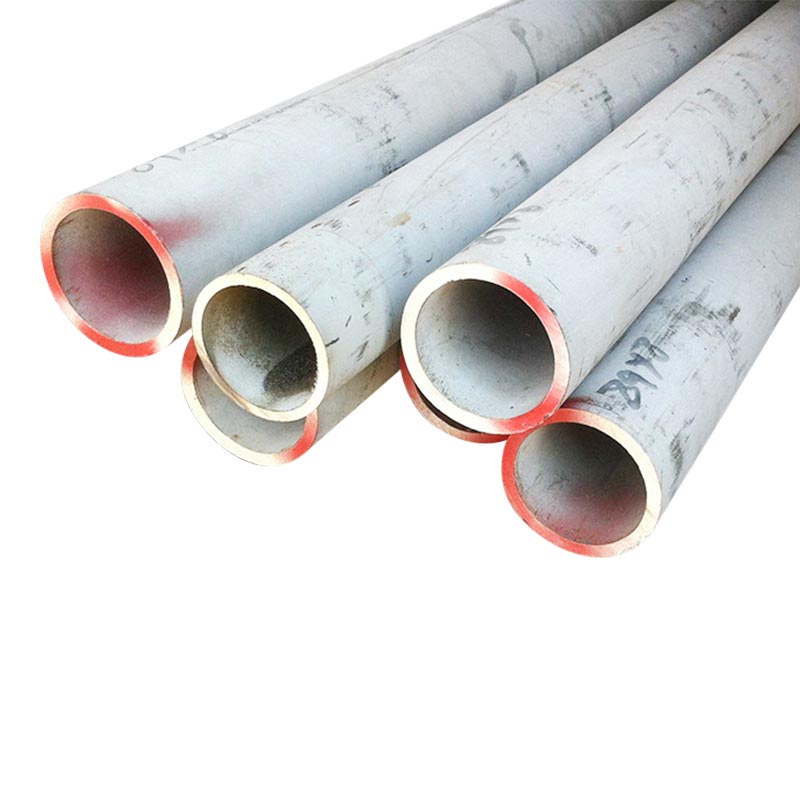
Chemical composition and mechanical properties are key indicators for assessing stainless steel bar quality. Reputable manufacturers provide material certificates specifying the content of major elements like chromium and nickel. High-quality stainless steel bars should meet national standards for tensile strength, yield strength, elongation, and other mechanical properties.
Application Fields and Purchasing Recommendations for Stainless Steel Bars
Thanks to their excellent mechanical properties and corrosion resistance, stainless steel bars are widely used in machinery manufacturing, petrochemical, food processing, medical equipment, and other industries. When selecting stainless steel bars, choose appropriate materials based on the operating environment - for instance, 316 stainless steel bars are recommended for coastal areas.
It's advisable to purchase stainless steel bars from certified manufacturers and request complete quality documentation. For critical applications, third-party testing can be conducted to verify chemical composition and performance, ensuring the product meets all operational requirements.
- Surface Quality Inspection Methods and Precautions for 304 Stainless Steel Sheet
- What is the Manufacturing Process of Stainless Steel Tube?
- Welding Quality Measures for 304 Stainless Steel Seamless Tubes
- How to Choose the Stainless Steel Tube for Your Industrial Needs?
- Bright Annealing Conditions for 304 Stainless Steel Tube
- Do You Know the Methods for Rust Removal from Stainless Steel Tubes?


